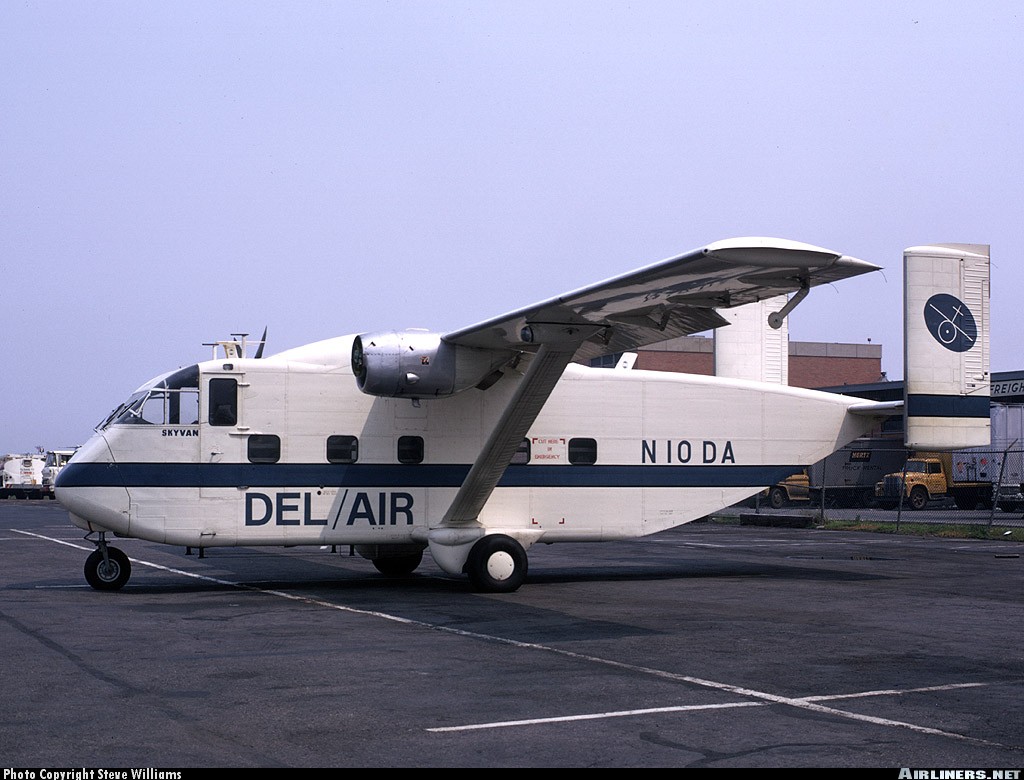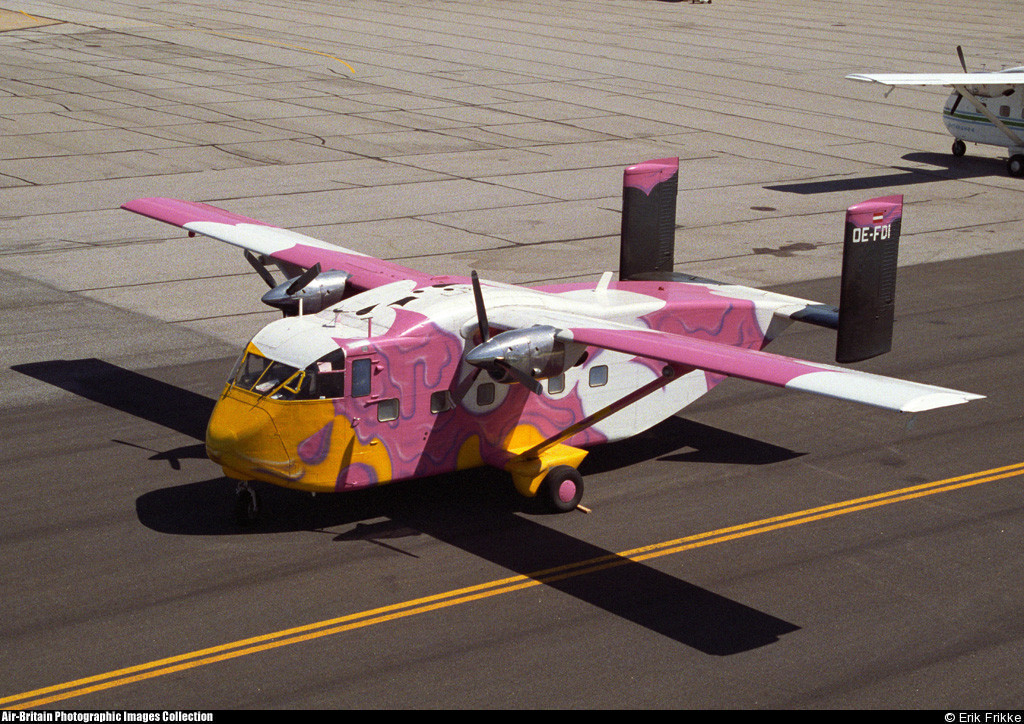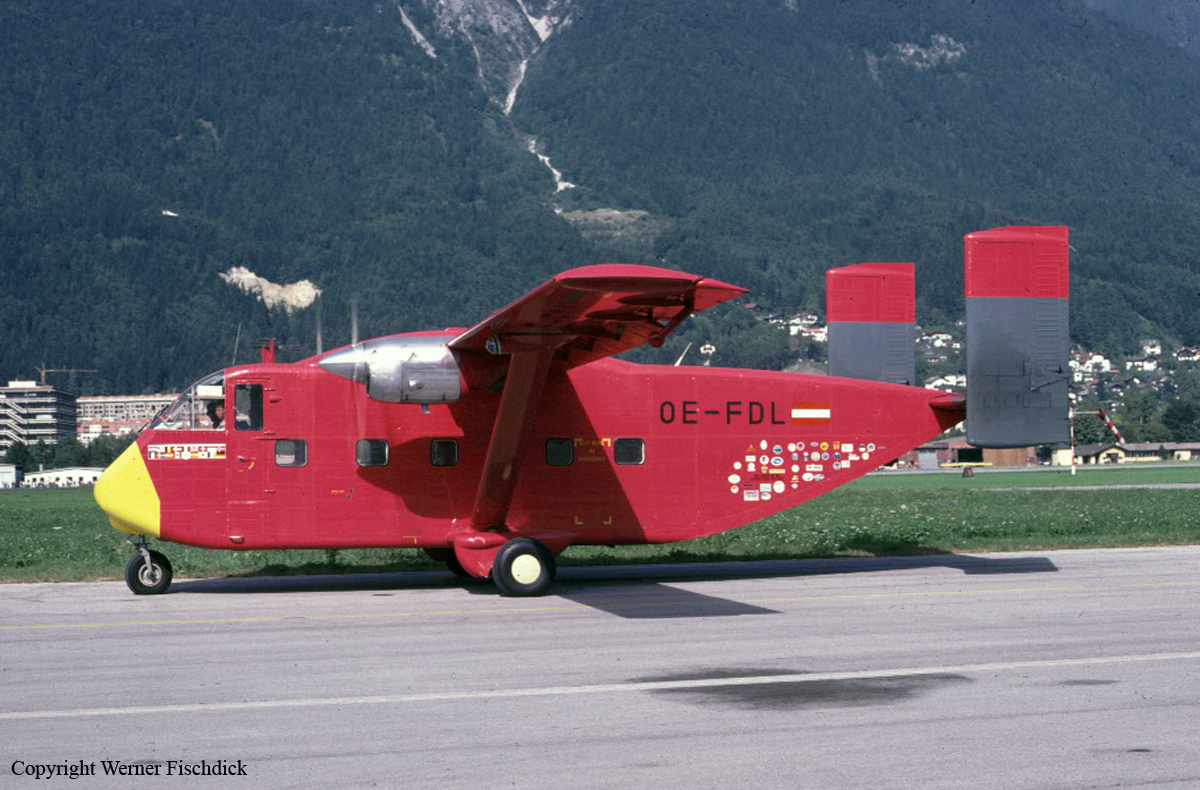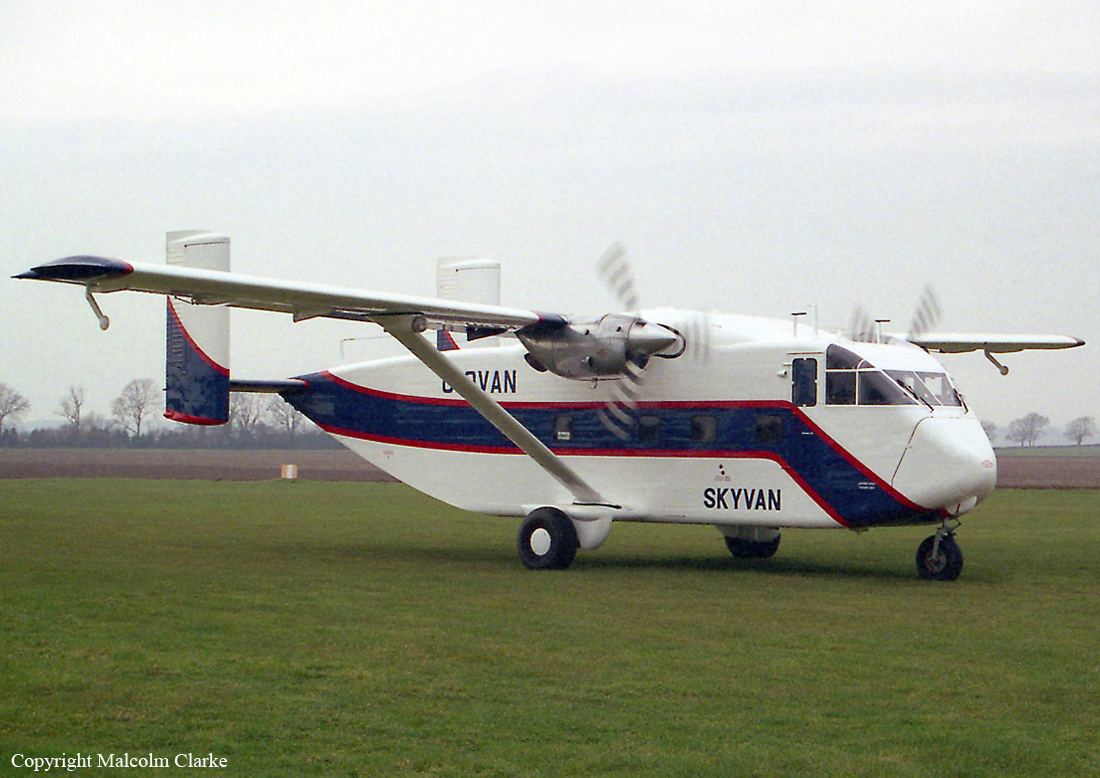Crash of a Short SC.7 Skyvan 3 Variant 100 in Nunapitchuk: 1 killed
Date & Time:
Mar 25, 1997 at 1123 LT
Registration:
N451SA
Survivors:
No
Schedule:
Nunapitchuk - Bethel
MSN:
1972
YOM:
1980
Crew on board:
1
Crew fatalities:
Pax on board:
0
Pax fatalities:
Other fatalities:
Total fatalities:
1
Captain / Total hours on type:
130.00
Aircraft flight hours:
7473
Circumstances:
The pilot of Cessna 207A, N800GA, was returning to his company base, passing about 2 miles north of a remote airstrip that was along the route of flight. The airstrip did not have any control tower. [Communications around an uncontrolled airport are conducted on a common traffic advisory frequency (CTAF)]. The pilot of a Short SC7, N451SA, announced his departure from the same airstrip on the CTAF, and took off in a northerly direction. He then began a climbing right turn toward the same destination as the Cessna 207A was proceeding. The two airplanes collided in mid-air, about 1.49 nautical miles east-northeast of the airstrip, which was about 18.3 miles west of their destination. They were observed spiraling downward from about 800 ft above the ground. Both airplanes were found lying flat and upright on a frozen lake, entangled together at the accident site. The Cessna's burned wreckage was lying on top of (and positioned toward the aft third of) the burned wreckage of the Short SC7.
Probable cause:
inadequate visual look-out by the pilots of both airplanes, which resulted in their failure to see-and-avoid each other's airplanes.
Final Report:













